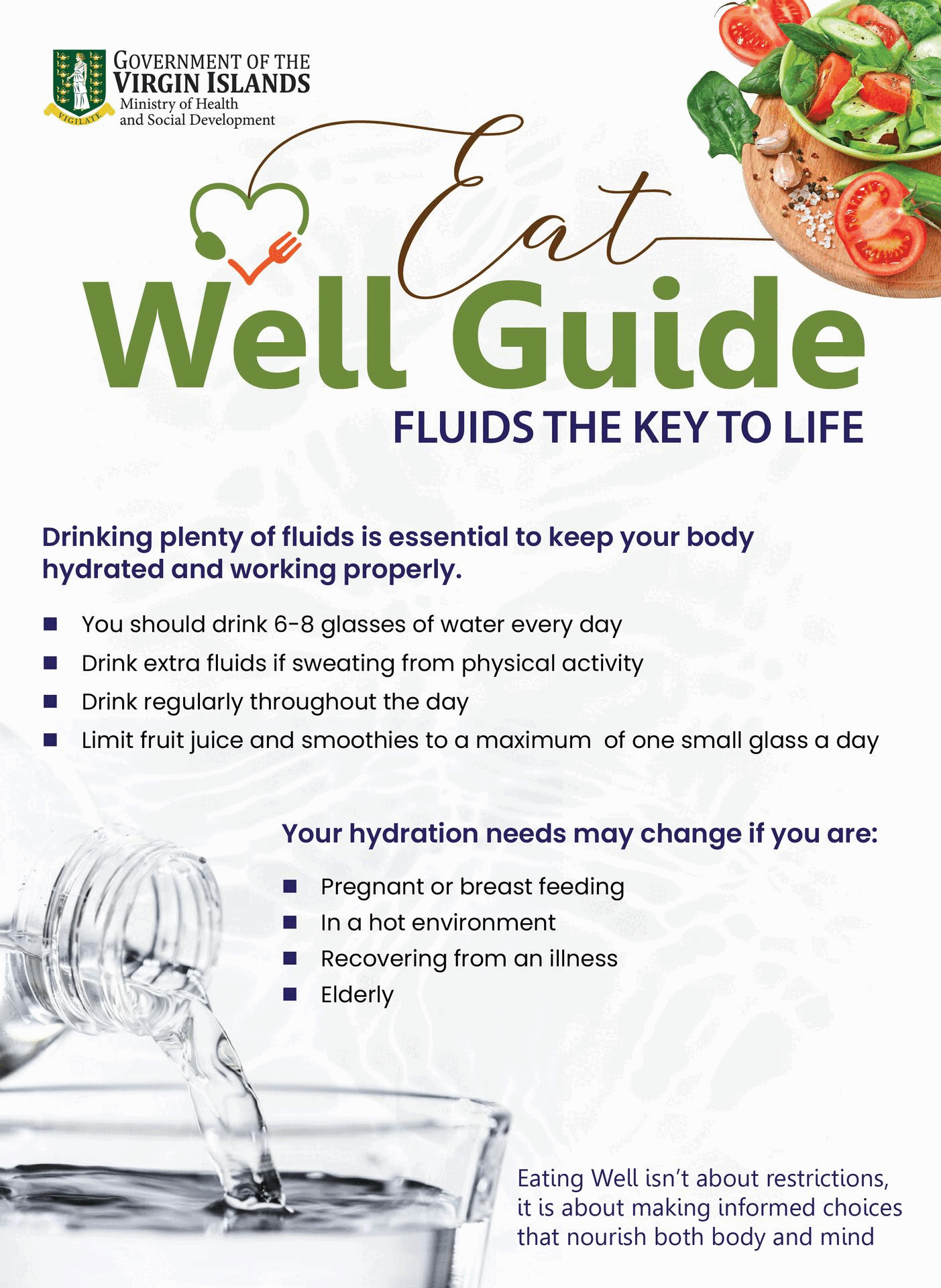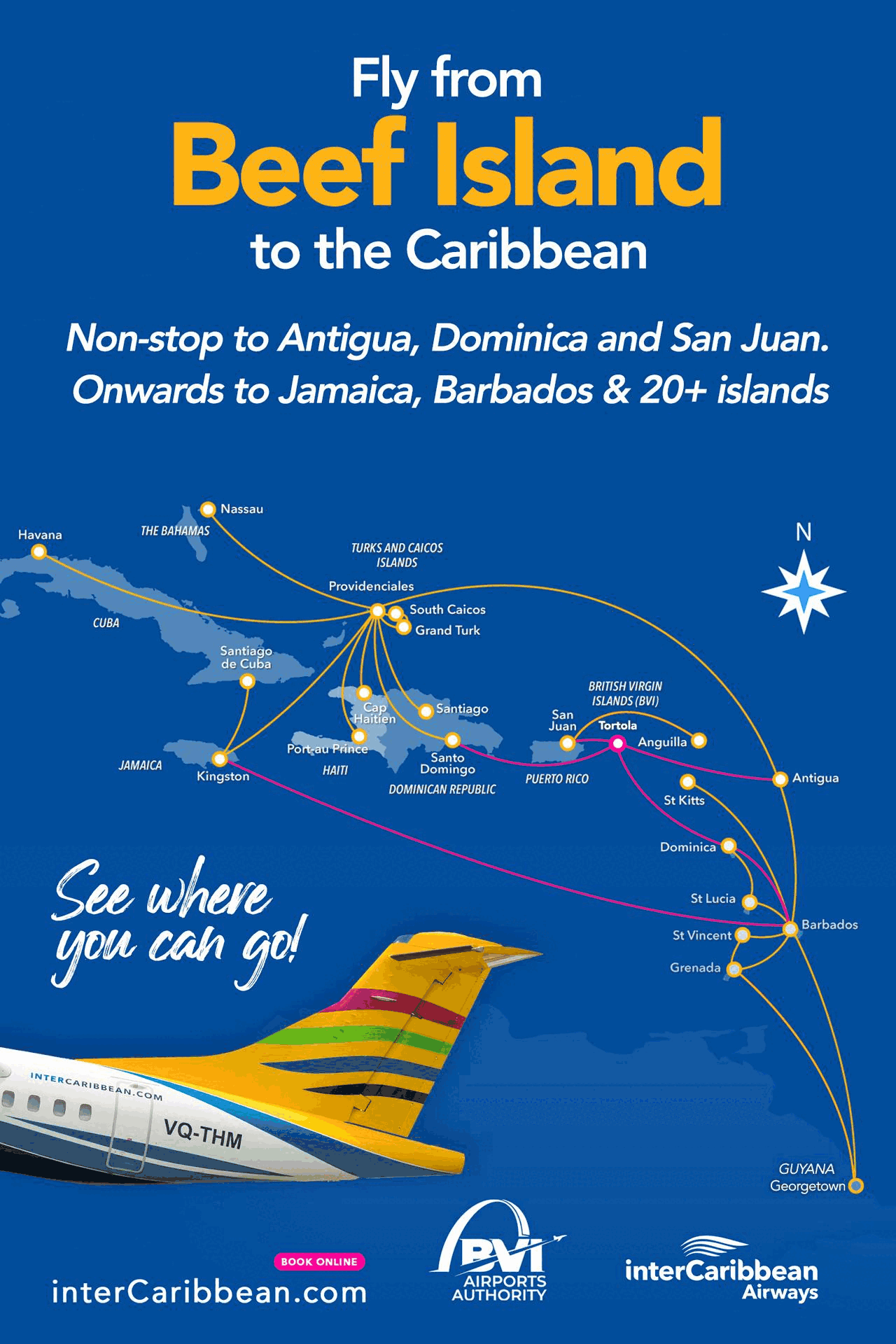$3.5 billion & counting: the true cost of Irma
The following story is an ongoing assessment of the economics of disaster. It is a narrative on the economic effects of Hurricane Irma to the Virgin Islands.
Ok: there appears to be ambiguity over how much Hurricane Irma cost the Virgin Islands. That is understandable. The figure of over 3.5 billion is quite appropriate as an estimate, for this Economics Layman. Why: because until experts do the detailed costing, and this is the same, all over the world post any disaster, a figure deemed to be the cost of a disaster is offered based on first observations. That is the norm. After a disaster, metrics and numbers are never scientific, they are guess work.
Tropical Storm Harvey is said to have cost Texas hundreds of billions: the precise figure to this day is unknown. But an estimate is used to give an idea for the purpose of configuring disaster recovery costs.
Now, asserting that Hurricane Irma cost the Virgin Islands billions of dollars is valid. Economists use a number of variables in deciding how much a disaster costs a country. There is the actual infrastructure cost: the cost of the physical damage. The infrastructure costs derive from the simple question: how much it will cost to bring the physical infrastructure back to the pre disaster state.
Then one major insurer gave a figure for his business alone of 200 million in estimated insurance payouts as a result of Irma. The total payout for all Virgin Islands insurance companies will clearly exceed that figure. That total payout metric will give some indication of the total cost of Hurricane Irma in insurance terms.
Then there is increasing concern that the country was underinsured. Consequently, it is not a stretch stating the damage caused by Irma is in the billions, when one assesses the total insurance costs, and observes the widespread devastation.
Add to the preceding intangible costs. These are invisible costs very difficult to assess, and that could run into the billions.
There is what economists term Opportunity Cost. Using Opportunity Cost for estimating a disaster is not the norm as opportunity cost is based on consumer choice. Irma was not a consumer choice. It was a tragedy. In any event the opportunity cost of anything is the loss of one thing, as a result of buying another thing. So opportunity cost can be used to assess the cost of Irma to the Virgin Islands in this ‘economists’ opinion.
The ‘opportunity cost’ asks: If the floods, Hurricane Irma, and Hurricane Maria, had never happened, what is the cost, or the value, of all the lost activities, social and economic, that would still be in existence.
The opportunity cost highlights what the country lost socially, culturally, economically, and physically as a result of the September floods and hurricanes. There are economic and social activities that are permanently lost, owing to the September floods and hurricanes. They must be given a value to arrive at the full cost of Hurricanes Irma and Maria?
That opportunity cost- using the term loosely- is presently ambiguous, unclear. These are losses that cannot be easily estimated and calculated. But the value of the full sum of all losses will clearly be in the billions.
The opportunity cost will include the cost to thousands of residents who have lost their health, security, loved ones, homes, and jobs. There is the cost to businesses that had to close, and some remain closed to this day, the result of looting. There are population relocation costs, even animals that have been lost and killed.
That opportunity cost will include metrics such as the loss of sporting and cultural activities; the loss of educational opportunities and spaces; the loss of good and navigable roads; the inconvenience to thousands as a result of housing and utility difficulties; and so on and so forth. There is the mass of debris and garbage nestled in the hills and difficult to reach spaces.
Stress, sickness, injury and death are all facts of Irma that would not have happened had there been no storm. These are invisible and unseen costs that have to be given a value, even though they are costs very difficult to accurately estimate. It can be stated however, that the opportunity cost of Irma is vast.
There is the loss of earnings, both in the domestic internal market, and the tourism and financial services markets. Opportunity cost is associated with loss of earnings public and private, corporate and individual.
How much revenue in terms of tourism revenues and financial services revenues will be lost over the next 24 months as a result of the Hurricanes? That is assuming it will take 24 months to get the country back to its pre Irma state. That is part of the 3.5 billion dollar figure offered by intelligent observers as the cost of the hurricane.
In fact the cost of Hurricane Irma to these Virgin Islands could well exceed the $3.5 billion estimate.
To be continued…
Connect with Dickson Igwe on Facebook and Twitter






.jpg)

.jpg)









1.png)
.png)





















4 Responses to “$3.5 billion & counting: the true cost of Irma”